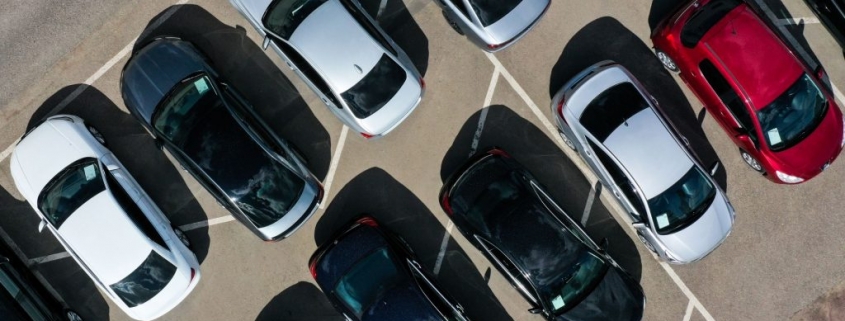How Did Car Dealerships Change After the Pandemic?
Many comedians and television shows made wisecracks about the used car salesman and their assertive and obnoxious methods to jack up prices, intimidate potential buyers, and bring home more money for the dealership. Car sales have been this way for decades, but the coronavirus (COVID-19) pandemic facilitated the most drastic change to the car dealerships in years.
Pushy salesmen and stressful negotiations may be a thing of the past for car sales
Various trends in technology have tried pushing the car sales process toward a more modern approach over the past few decades. But dealerships and salesmen have been largely resistant to change because the newer methods will negatively affect their bottom line.
If dealerships switched to solo test drives or online purchasing, how would they be able to feed customers lines like, “I’ll go see what my manager thinks of this price,” to make you feel in control while the dealership remains profitable and in control the whole time?
These games have been a staple in the industry, and they make many people put off buying a car for a long time because they dread these types of unpleasant interactions. People began getting impatient for car dealerships to evolve with other industries, such as grocery stores, healthcare, and many others that have successfully changed to a lower-pressure online model.
When COVID-19 took hold, car dealerships had no choice but to adapt to online sales and no contact deliveries of cars. Also, socially distanced solo test drives created a low-pressure environment for the buyer.
What are the benefits to these changes in car sales?
According to Car and Driver, not having to go into a dealership and attempt to negotiate with a salesperson can have major benefits to consumers, especially women and people of color. Subconscious biases can have a major impact on the bottom-line price or financing options offered to women and people of color, as non-white folks pay an average of over $2600 more than white people throughout the duration of their loans. Recent trends and changes from a lower-pressure car buying experience can help level the playing field for these groups and reduce the amount of bias they may experience.
Buyers can also simultaneously negotiate with more than one dealership at a time online, allowing them to get the best price and financing offers by using online tools that help you determine what price is truly fair. Once you have settled on a price, many online dealerships will deliver the car right to your door.
Could this be the new normal of the car-buying industry?
The industry as a whole hasn’t been buyer-friendly in a while, if ever. But now, car dealerships will have to adopt these new techniques and services to compete with dealerships that do offer them. U.S. News states that “Dealerships that adapt will thrive, while those that don’t will suffer.”
It’s hard to imagine traditional car dealerships going completely by the wayside, especially since many people still won’t trust the online car-buying process. There are some cons to online car-buying, such as not fully seeing the car in person before purchasing it. At the same time, many online dealerships offer a 7-day money-back guarantee. So if you aren’t satisfied with your purchase, you can return it for a refund.
Only time will tell if these trends are here to stay, but it will certainly be interesting to see whether these methods stick around.
RELATED: Can You Negotiate a Car’s Price at Carvana?
The post How Did Car Dealerships Change After the Pandemic? appeared first on MotorBiscuit.







